
Last updated:
2020 North American Wildfire Season

Overview
In many areas of the United States and Canada, every year brings the risk of wildfires, especially between August and November.
The 2020 season was a record-setting one for the state of California and the United States as a whole. NIFC reported that as of Nov. 27 there were 52,113 wildfires that had burned 8,889,297 acres in 2020. This is approximately 2.3 million more acres burned than the 10-year average and almost double the acreage burned in the 2019 season.
While large fires burned in many states, the Center for Disaster Philanthropy (CDP) provided details only on fires that had significant impact on human populations and/or were over 50,000 acres in size. These are detailed below.
(Source: San Bernardino National Forest)
Latest Updates

CDP Colorado Wildfires Recovery Fund announces final grant and fund closeout
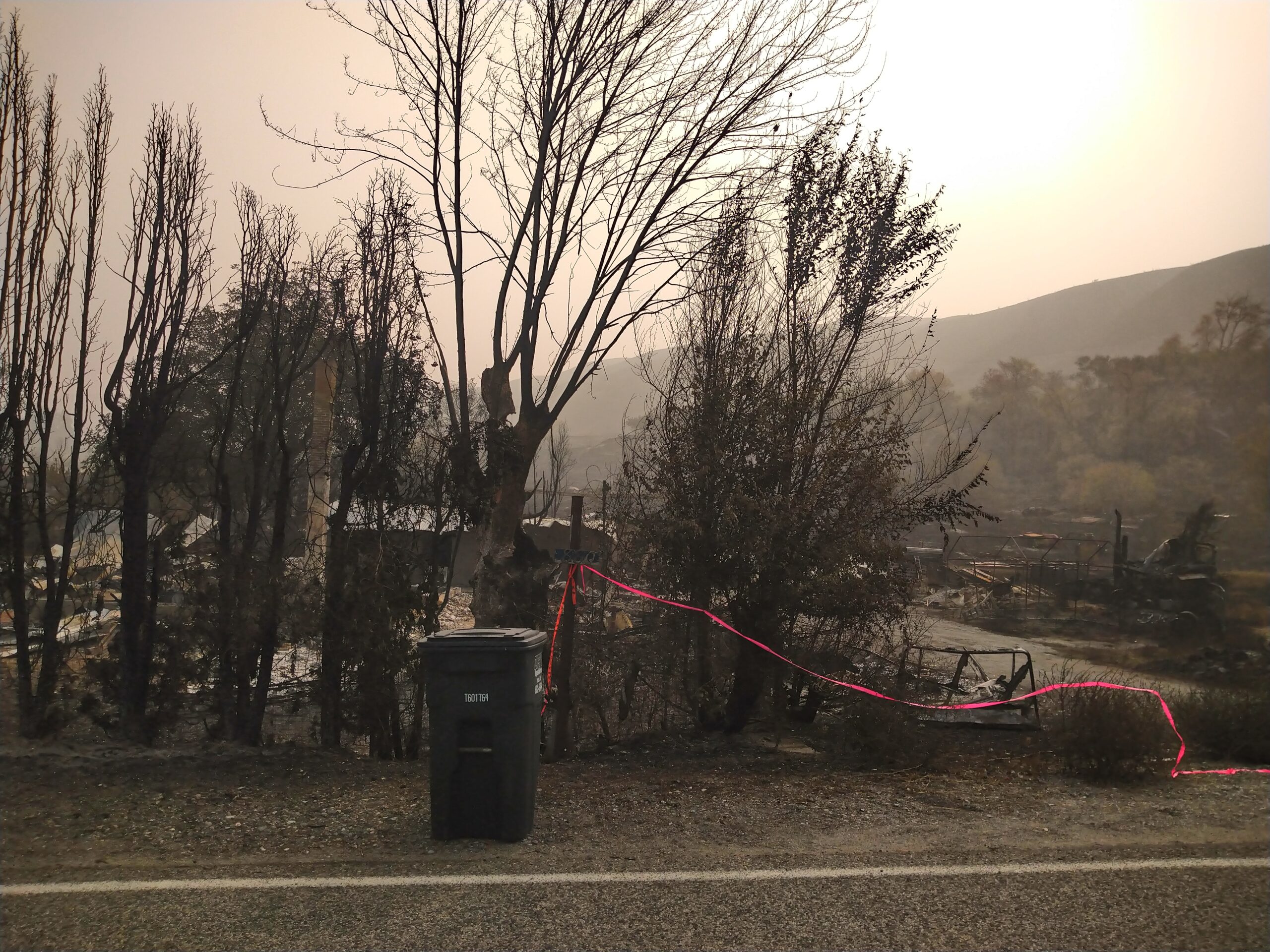
Announcing nearly $3.3 million in wildfire recovery grants
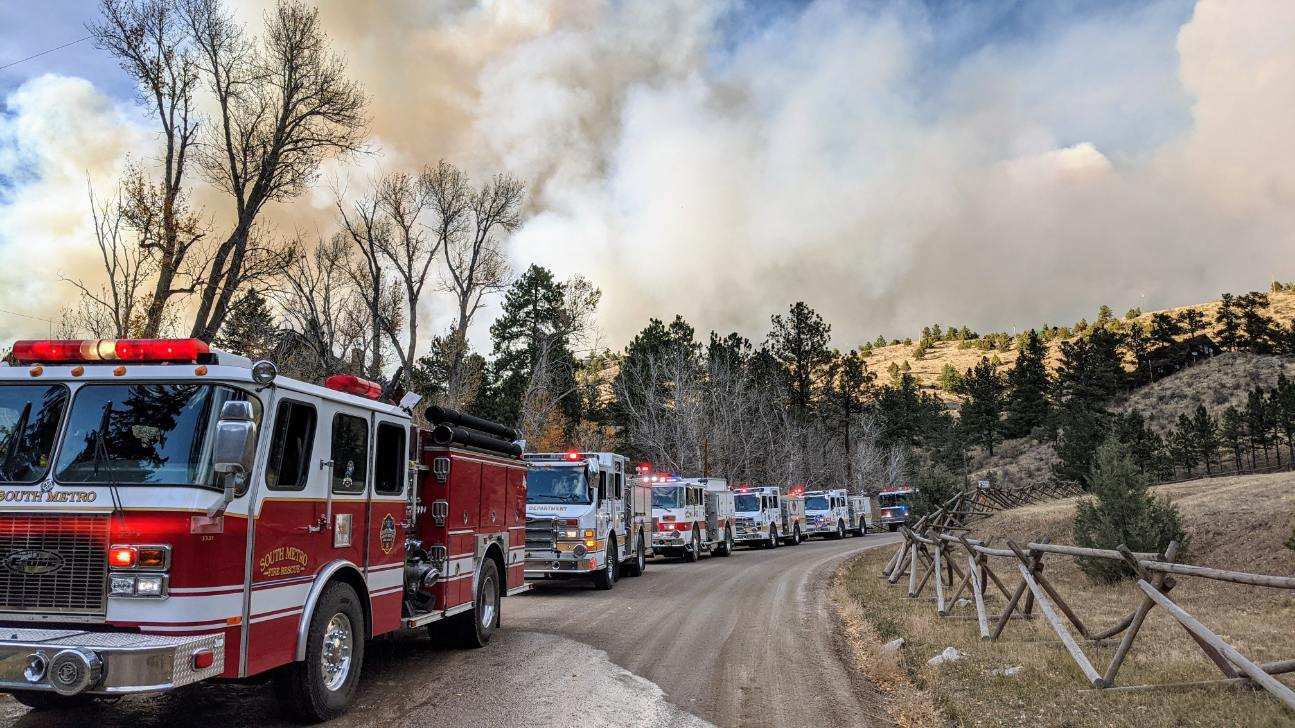
2020 is Challenging the World. Full Stop.
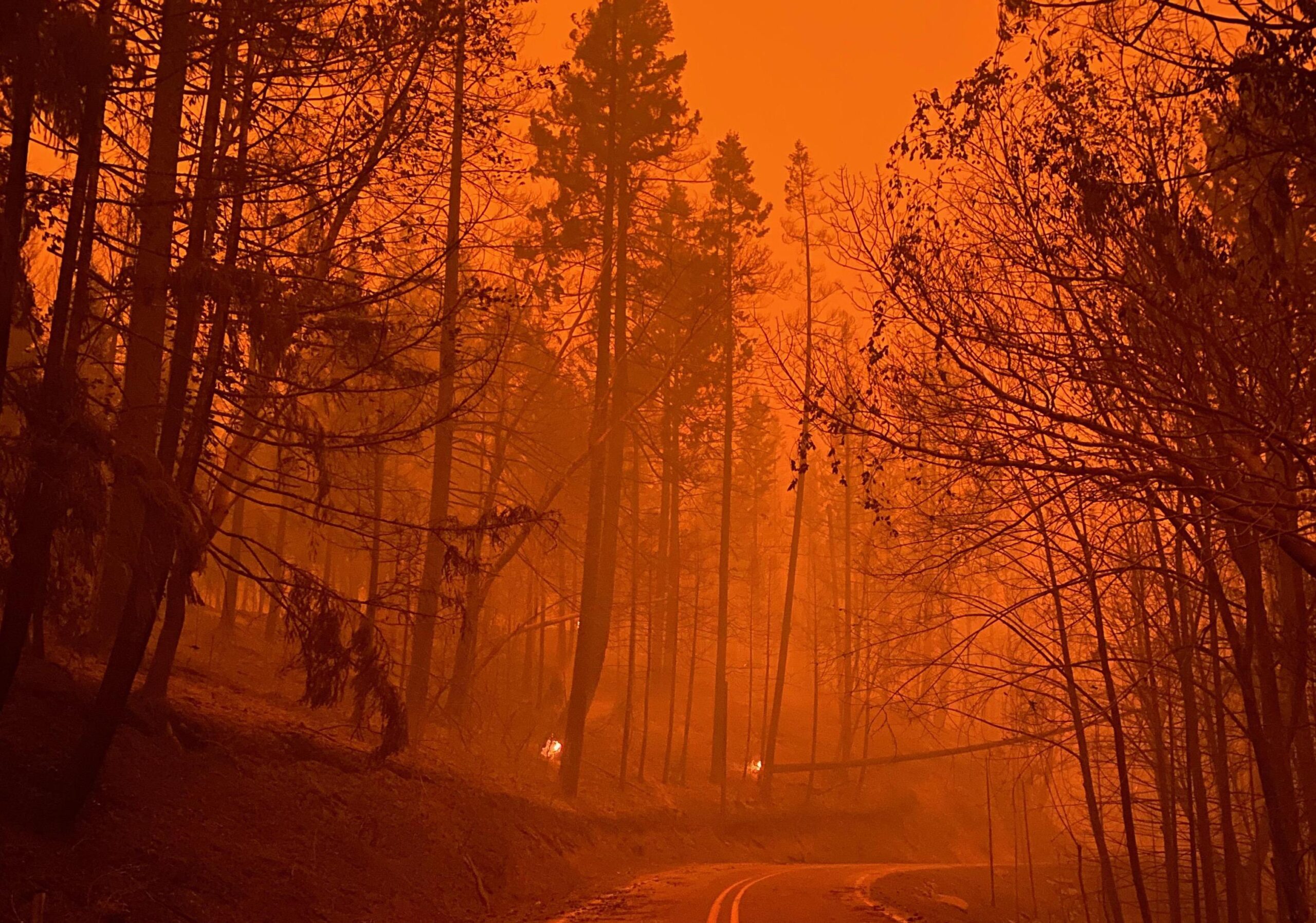
Moving from Confrontation to Courage
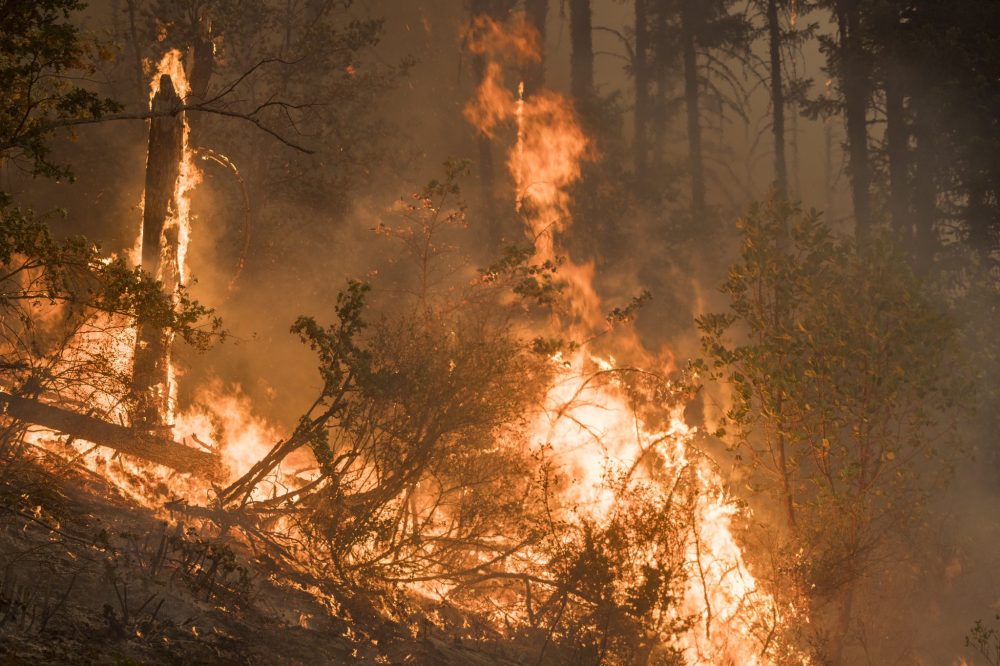
A Commitment to Investing in Stronger Communities through the California Wildfire Recovery Fund
California
This section focuses on the significant fires in California. As of Dec. 3, 2020, there had been 9,279 fire incidents in California with 4,197,628 total acres burned. There were 10,488 structures damaged or destroyed and at least 31 fatalities. The 4.2 million acres burned in 2020 are the most in a single year since CalFire began keeping records, and more than the last three years combined. Five of the six biggest fires in California’s recent history (since 1932) burned in 2020. These included the August Complex Fire (1st), the SCU Lightning Complex Fire (3rd), the Creek Fire (4th), the LNU Lightning Complex Fire (5th), and the North Complex Fire (6th). The SQF Complex Fire is #18 on the list.
Some of California’s major fires in 2020 included:
- The SCU Lightning Complex
- The LNU Lightning Complex
- The CZU August Lightning Complex
- The SQF Complex Fire
-
The Valley Fire
- The Creek Fire
-
The North Complex
-
The Bobcat Fire
- The Glass Fire
- The El Dorado Fire
- The Red Salmon Complex
- The Slater/Devil Fires
- The August Complex
- The Zogg Fire
Related reading
Impact story
Impact story
Colorado
Nearly 700,000 acres – almost 1,100 square miles – burned in Colorado during 2020, including the three largest fires in state history.
- The Cameron Peak Fire started on Aug. 13 in the Arapaho and Roosevelt National Forests west of Fort Collins. It became the largest in Colorado’s history after quadrupling in size over Labor Day weekend and making another aggressive run on Oct. 14, burning over 20,000 acres in one day. The fire was finally contained on Dec. 2 at 208,913 acres. The Incident Management Team reported the full containment with these words: “We have all traveled a long road together; this evening, we breathe a collective sigh of relief with you. Rest well tonight.”
- The East Troublesome Fire, the second-largest blaze in state history, exploded in size overnight between Oct. 21 and 22, moving through some areas at as much as 6,000 acres per hour. Ultimately, the fire consumed 193,812 acres, helped by brisk winds and trees that had been damaged by pests. Seven first responders are among the estimated 300-400 households that lost their homes to the fire in the area outside of Grand Lake. And an elderly couple refused to leave their long-time home outside of Grand Lake and perished in the fire. Of particular concern to officials was the fact that the East Troublesome Fire crossed the continental divide – the highest point in the continental USA. This means that the fire climbed up one side of the Rocky Mountains and continued down the other side.
- The third fire was the Pine Gulch Fire. It had been the largest wildfire in the state until the previously mentioned fires overtook it in size. Pine Gulch started on July 31 and reached full containment on Sept. 24, after burning nearly 140,000 acres.
Oregon
Fires in 2020 burned approximately 1 million acres of land in Oregon, almost double the 10-year average of 557,000 acres. Thousands of structures were destroyed, over 2,200 of which were homes. There were 11 deaths including two firefighter fatalities.
The Almeda Fire began in Ashland and quickly spread north toward the towns of Phoenix, Talent and Medford. Although it was a small fire in scope, it was fully contained at 3,200 acres on Sept. 15, its path went straight up the Pacific Highway (Hwy 99) through several small communities. Over 80,000 people were ordered to evacuate at the height of the fire. The fire destroyed 2,357 homes and damaged 57 more; many of them mobile homes and trailers. The mayor of the town of Phoenix, home to about 4,600 people, said many neighborhoods, including his, were destroyed and businesses were wiped out along the main street. Talent, home to 6,500 people, was similarly devastated. The fire was caused by arson and a body was discovered at the point of origin. Three people died as a result of the fire, a much lower death toll than it could have been thanks to rapid early notifications and evacuations.
The Riverside Fire
The Lionshead Fire
FEMA declared a Major Disaster Declaration for these fires and straight-line winds. DR-4562 applies to one county for public assistance (categories A-G), 11 counties for category B only, and eight counties for both individual assistance and public assistance (categories A-G). As of Dec. 7, nearly $30 million had been allocated to 2,869 approved applicants. Just over $410,000 public assistance funding had been obligated.
Other Major U.S. Fires
Idaho
The Woodhead Fire started Sept. 7 just northwest of Cambridge, in Washington County. The fire burned 96,614 acres, largely in extremely dry grass and brush, which caused challenges for firefighters.
Wyoming
The Mullen Fire burned 176,878 acres, mostly inside the Medicine Bow National Forest, just north of the Colorado border. At times it posed an imminent threat to the communities of Albany, Rambler, Keystone and Fox Park. In addition, it burned through some of the most popular tourist areas in southern Wyoming, including near the Rob Roy Reservoir and south of the Sugarloaf Mountain Recreation Area.
Utah
The East Fork Fire was a lightning-caused fire that started on Aug. 21, 2020, and burned 89,463 acres. There had been no large fires in this area for 50 years leaving many dead trees to create hazards.
- Ongoing needs for those in the affected areas include shelter, food, health care and case management. Due to COVID-19, shelter supports will require additional resources to accommodate non-congregate housing.
- Recovery needs for each wildfire area vary, but attention should be given to long-term support for rehousing, income recovery, agricultural needs and additional preparedness support to vulnerable populations. The enormity of this year’s fire season combined with the stress of the pandemic and trauma from past fires means there will be a significant demand for mental health and counseling services.
- Many of the areas affected by 2020’s fires are critical agricultural communities where laborers are often migrant workers or undocumented individuals. Support and information need to be provided in the appropriate languages and with cultural competency. These groups will also need wage replacement and recovery support as many cannot access federal dollars.
- As with most disasters, cash donations are recommended by disaster experts as they allow for on-the-ground agencies to direct funds to the greatest area of need, support economic recovery and ensure donation management does not detract from disaster recovery needs.
Contact CDP
Recovery updates
If you are a responding NGO or a donor, please send updates on how you are working in recovery from this disaster to tanya.gulliver-garcia@disasterphilanthropy.org.
Donor recommendations
If you are a donor looking for recommendations on how to help support recovery, please email regine.webster@disasterphilanthropy.org.
Philanthropic and Government Support
On Sept. 29, CDP announced nearly $3.3 million in wildfire recovery grants from our 2020 funds including the following:
- $250,000 to the Humboldt Area Foundation from the California Wildfires Recovery Fund to subgrant to local organizations serving the most marginalized populations in their four-county service area significantly affected by last season’s fires. A portion of these funds will support local Indigenous communities most disproportionately affected by the fires and have limited access to resources. Some funding for this grant comes from the CDP COVID-19 Response Fund to support recovery from the layered effects of multiple disasters on these communities.
- $150,000 from the California Wildfires Recovery Fund to the Northern California Indian Development Council to assist two Native American tribes with developing pilot emergency response plans to better prepare for future disasters and other emergencies. This work creates a template for California tribes to create emergency response plans and provides technical assistance and consulting services to assist them with tailoring the projects to their needs as necessary.
- The National Fish and Wildlife Federation received $250,000 from our Colorado Wildfires Recovery Fund to help communities restore natural resources, particularly river and stream corridors; water quality and essential wildlife habitat significantly affected by the 2020 Colorado wildfires. It will include areas in Grand County damaged considerably by the East Troublesome and Williams Fork fires. The project will also assist preparation and mitigation efforts in other areas of western Colorado currently without active forest management activities.
- The Latino Community Fund of Washington State received $214,000 through our Disaster Recovery Fund to sustain its work with local grassroots community organizations supporting the Latinx community affected by the 2020 wildfires. Outreach takes place at community centers, schools, churches, parks and other community hubs as defined by community leaders.
- Also from the Disaster Recovery Fund, The Hearth received a $15,000 rapid response grant awarded in November of 2020 to support the Compassionate Listening Project, which organizes, trains, equips and deploys local community members to provide high-quality, neighbor-to-neighbor, emotional care to the diverse residents of Southern Oregon suffering from fire disasters. The Hearth developed these training materials and programs to be replicated in other communities.
Check out the full list of CDP grantees here. Grants from other organizations in support of the 2020 wildfire season include:
- The Gordon and Betty Moore Foundation made a $3.2 million donation to the X Prize Foundation to support a global XPRIZE competition to drive innovation and hardware able to rapidly detect and extinguish wildfires. The Foundation also provided a $1.2 million donation to the Windward Fund in support of accelerating development and deployment of a wildfire management and evacuation platform in two high-risk, low-income Northern California regions and to enable rich data exchange with early detection sensors, satellite imaging, fire spread models, vegetation/fuel models and community notification.
- The Boeing Company Charitable Trust gave $500,000 to the Windward Fund to support a project that builds on findings that using forest slash to create biofuels with carbon capture is economical — and would expand California’s ability to mitigate wildfire risk. Specifically, this project will examine the institutional and regulatory barriers to using forest thinning to create lumber products and biofuel with carbon capture. In addition, the project will identify revenue streams that could speed up and expand wildfire mitigation efforts, and work with stakeholders to achieve social buy-in for sound forest management and carbon capture. Boeing also donated $200,000 to provide food assistance in states where significant numbers of the company’s employees live and work. $100,000 was given to Northwest Harvest in Washington, and $50,000 apiece to the Oregon Food Bank and Redwood Empire Food Bank in California.
- The Pacific Life Foundation made $125,000 in donations to fire relief efforts, including $50,000 to the American Red Cross; $50,000 to the California Community Foundation’s Wildfire Relief Fund; and $25,000 to the California Fire Foundation’s Wildfire Relief.
- The Seattle Foundation provided $20,000 in grants towards wildfire relief. $15,000 in two grants to the Community Foundation of North Central Washington and another $5,000 to the United Way of Whitman County.
FEMA has provided millions of dollars in assistance through 82 major disaster and fire management declarations. Most of these declarations are for fire management and don’t have any funding listed, however, there are three major disaster declarations:
- DR-4558 was issued on Aug. 22 for 19 areas in California, mostly for Individual and Public Assistance, though five of those areas only received Public Assistance designations. As of Dec. 7, 2,750 applications for individual assistance had been approved for a total of $18.2 million in obligations.
- DR-4562 was issued on Sept. 15 for 20 regions in Oregon. 12 regions received only Public Assistance while the remainder received both Public and Individual Assistance. As of Dec. 7, 2,824 applications for individual assistance had been approved for a total of $28.5 million obligated, along with $410,308 in public assistance.
- DR-4569 was issued on Oct. 16 for 12 areas across California after further fires burned across the state. Ten areas received both individual and public assistance designations, while two were designated for public assistance only. As of Dec. 7, 239 applications for individual assistance had been approved for a total of $3.4 million in obligations.
Resources

Wildfires
Wildfires devastate homes, livelihoods and communities of people worldwide, making them one of the most destructive types of disasters. While climate change fuels the frequency and intensity of wildfires, wildfires themselves fuel climate change, making them uniquely damaging to the planet.
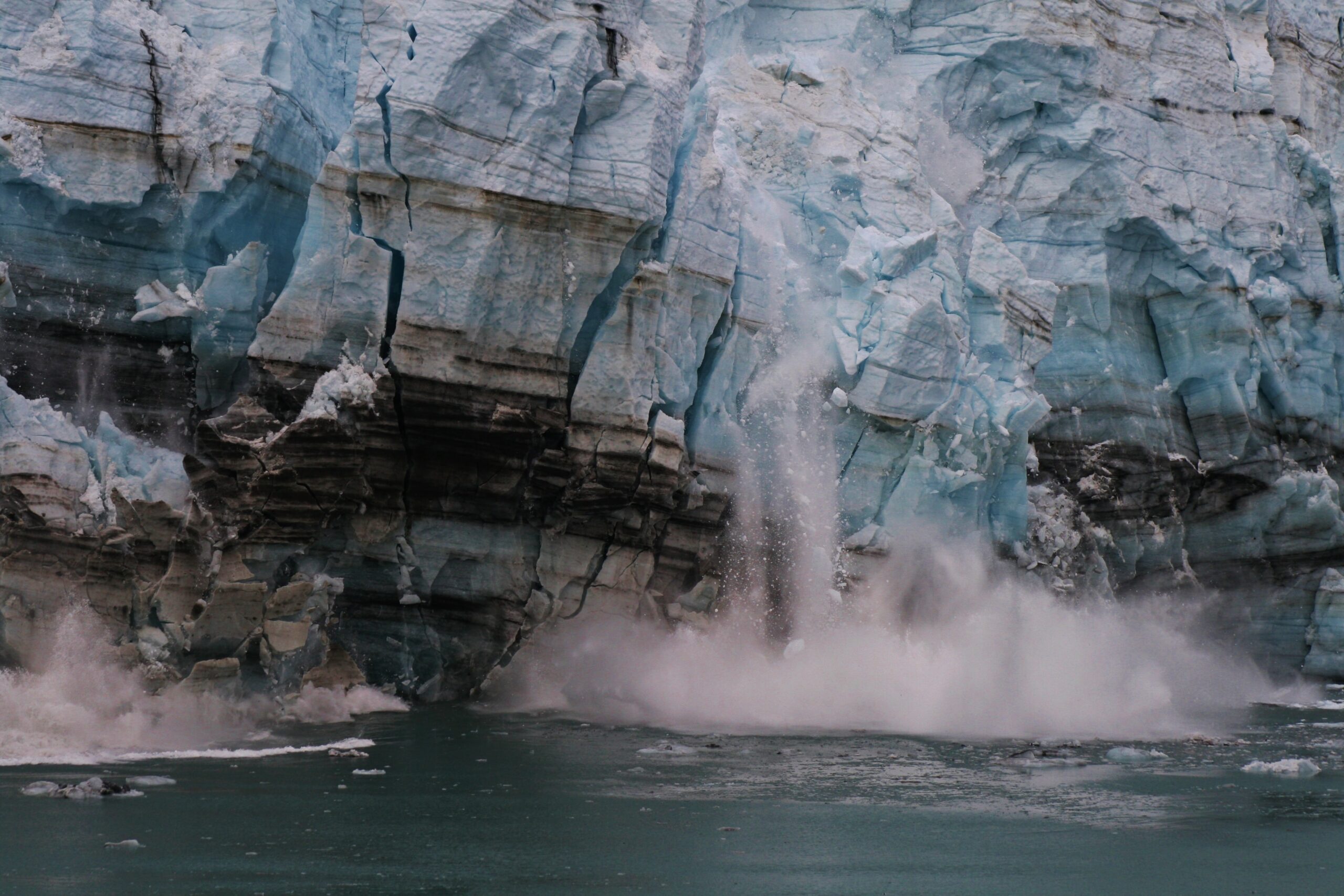
Climate Change
Climate change refers to any significant change in the measures of climate lasting for an extended period of time. In other words, climate change includes major changes in temperature, precipitation or wind patterns, among other effects, that occur over several decades or longer.

Is your community prepared for a disaster?
Explore the Disaster Playbook